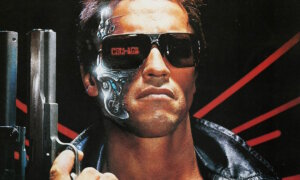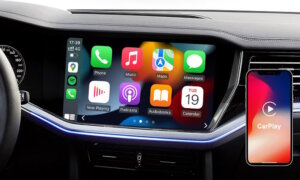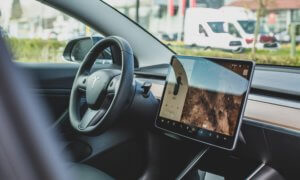In 2013, distracted drivers in the U.S. took the lives of 3100 people and injured another 424.000. You may say it would never happen to you, but the fact is talking on the phone or eating while at the wheel takes your focus away from the road, as this agency proved with a powerful video #automagic
SR22Agency.com filmed I-95 in Florida for 20 Minutes, recording the behaviour of 2.151 drivers. It was staggering to realize that 8.6% of them (185 people) weren’t paying attention on the road. In fact, 81% of the distracted drivers were more busy talking on the phone, 9% texted, which, unlike talking, takes your eyes off the road completely and more than 3% had other, “better”, things to do.
In such situations how can anyone not invest and stay up to date with the latest driver monitoring systems?! These systems are often designed with technolgies like eye tracking and eye gazing at the core and in some cases, they can impact the costs or the implementation.
This is why today differentiating in the DMS segment is key. So if mainstream technologies like eye tracking and gazing are sometimes not enough… what is the answer? There are companies out there that are working on this. Head tracking is one option. Adding on top the ability to track 50 points on the driver’s face and the capability of doing this with just a VGA camera is for sure an unique approach for a top notch Driver Monitoring System. FotoNation claims it can do this without a frontal camera, as the system is not eye gaze dependent but head tracking centric.
Regardless of the technical solution and what makes it tick, is a certainty that cars need driver monitorying systems. The National Highway Traffic Safety Administration estimates that in the US alone, drowsy driving leads to 100,000 police-reported crashes each year, with a $12.5 billion cost to the economy.
Follow TechTheLead on Google News to get the news first.






















